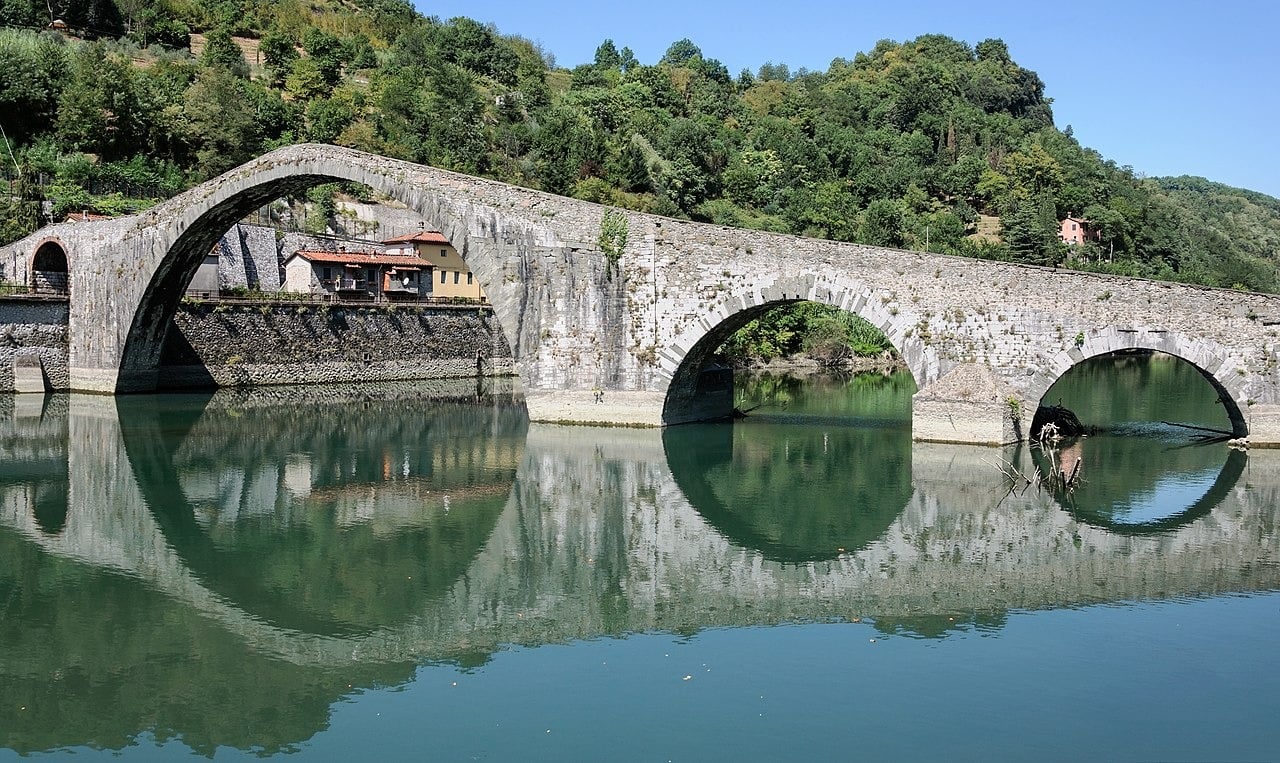The Ponte Colandi Bridge: The Most Well-Known Monument In The Village Of Fabbriche Di Vallico, Italy
The Ponte Colandi, also known as the Ponte della Dogana, is a beautiful and historic bridge located in the village of Fabbriche di Vallico, which is now part of Fabbriche di Vergemoli in Tuscany, Italy.
Built in the 14th century by skilled local masons, this sandstone bridge is still in excellent condition today and remains in use by the villagers.
It is a small but charming bridge, about ten meters long, with a graceful segmental arch that spans the Turrite Cava stream.
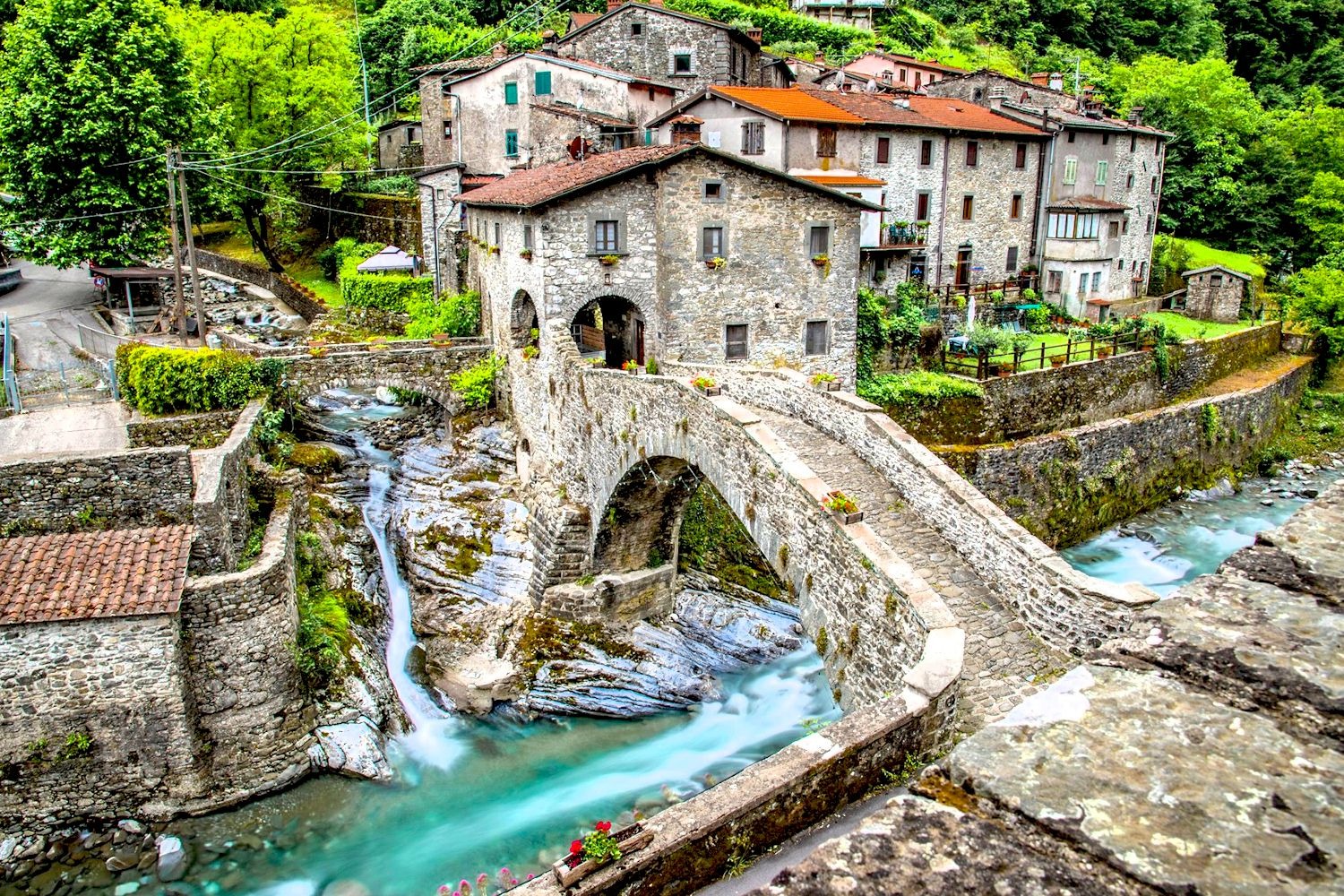
A Bridge With a Rich History
The Ponte Colandi connects the two parts of Fabbriche di Vallico, with the southern side of the town known as Colandi.
During the Middle Ages, this bridge marked the boundary between two powerful states: the Republic of Lucca and the Estense Duchy.
Because of its location, the bridge was also used as a customs post, where goods traveling over the mountains were taxed before entering the Lucca region.

On the southern side of the bridge, there is a building that was once the customs house.
This building is still standing today, and it even includes a small cell that was used to imprison those who tried to evade paying taxes, especially on iron goods.
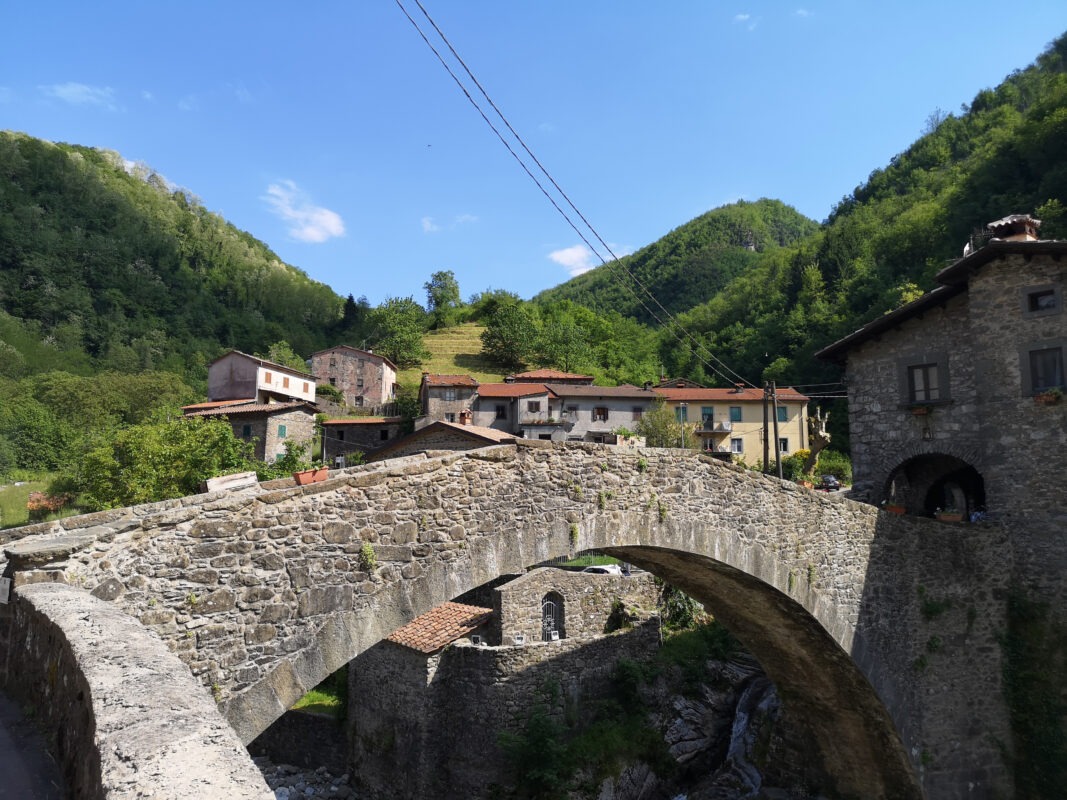
The customs post dates back to 1429, a time when Paolo Guinigi, lord of Lucca, passed away, leading Fabbriche di Vallico and neighboring villages to pledge allegiance to Duke Niccolò d’Este.
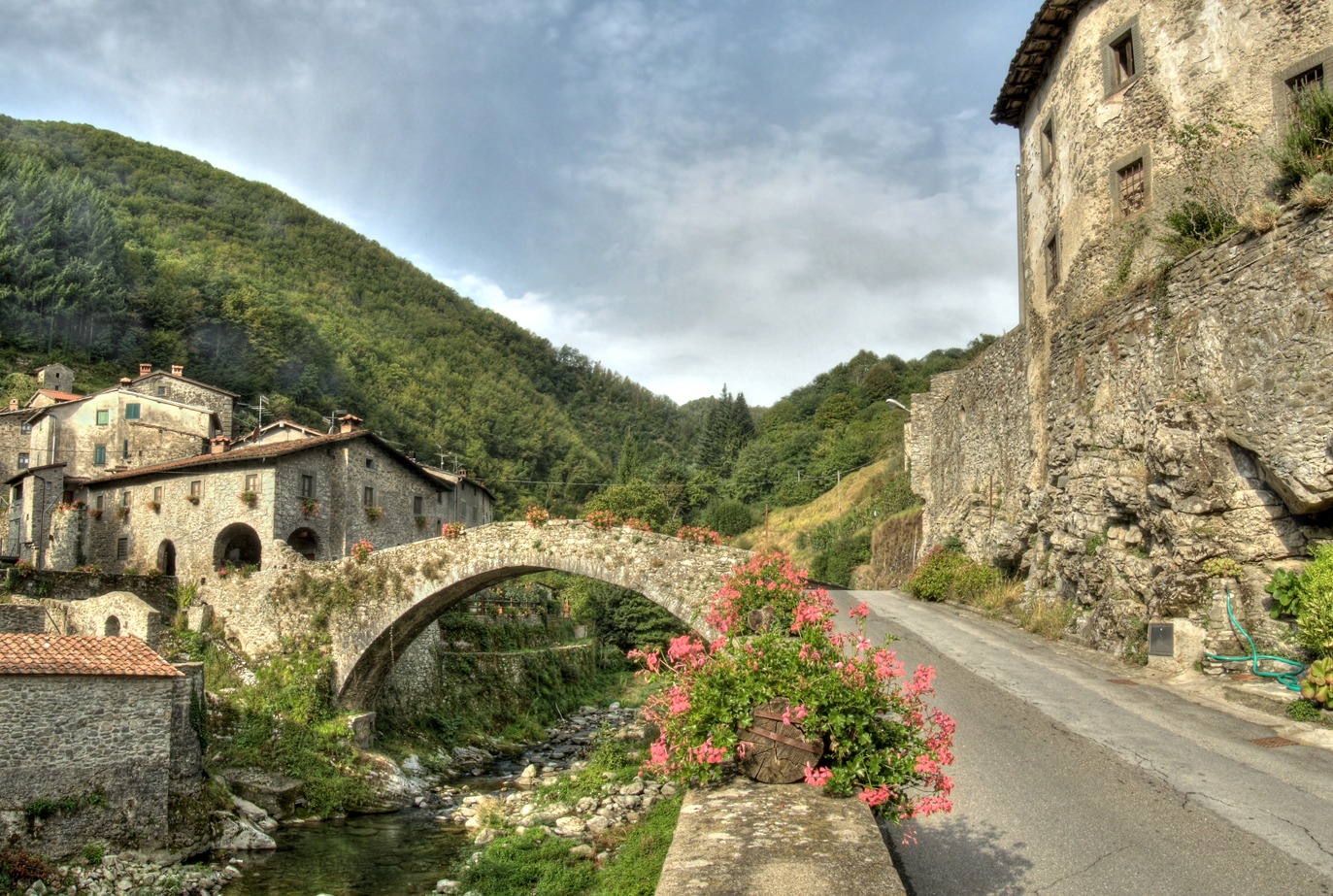
This allegiance was a strategic move to avoid being caught in the crossfire of the ongoing conflicts between the Pisans and the Florentines, who were vying for control over the region.
The bridge and the Turrite Cava stream below it became the frontline of these battles for nearly a century and a half until the formation of the Duchy of Modena in the 1600s shifted the focus of the conflicts elsewhere.
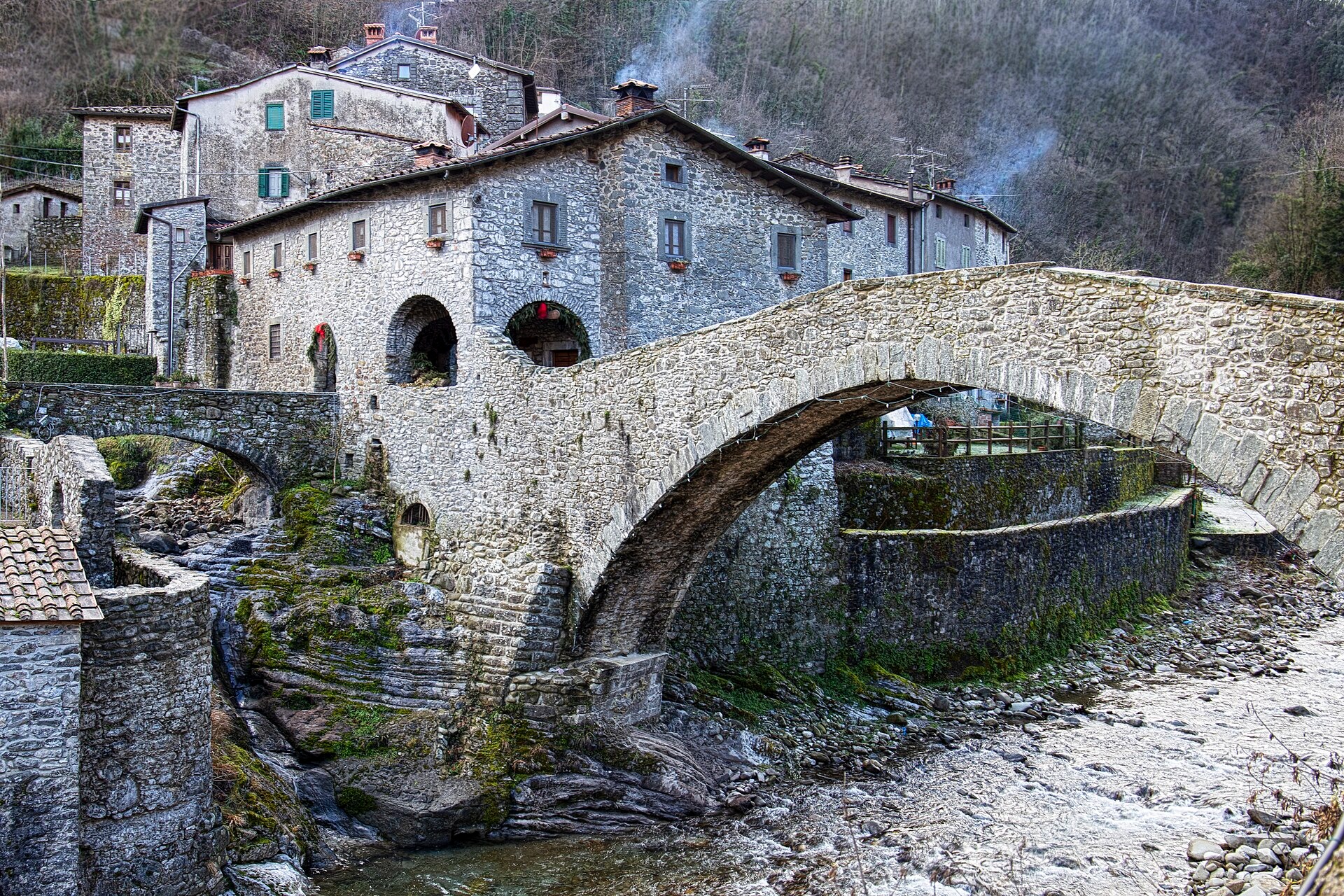
A Hidden Gem in Tuscany
Though not widely known, the Ponte Colandi is a hidden gem in Tuscany.
Its secluded location has helped preserve its original charm, making it a special find for those who venture off the typical tourist paths.
The bridge is still a part of daily life in the village, used by locals as they go about their day.

Preservation Efforts
In recent years, some concerns arose about the stability of the Ponte Colandi, leading to a major restoration project funded by the municipality of Fabbriche di Vergemoli.
Completed in 2017, this restoration has ensured that the bridge remains safe and continues to stand as a symbol of the region’s rich history.

Nearby Attractions
Fabbriche di Vallico
Visitors to Ponte Colandi can also explore the quaint village of Fabbriche di Vallico.
It is filled with narrow streets, fifteenth-century buildings, and other medieval architectural elements.
Close to the bridge is an old mill that was once powered by the stream’s waters to produce flour.
This mill has been restored and can be visited by appointment.
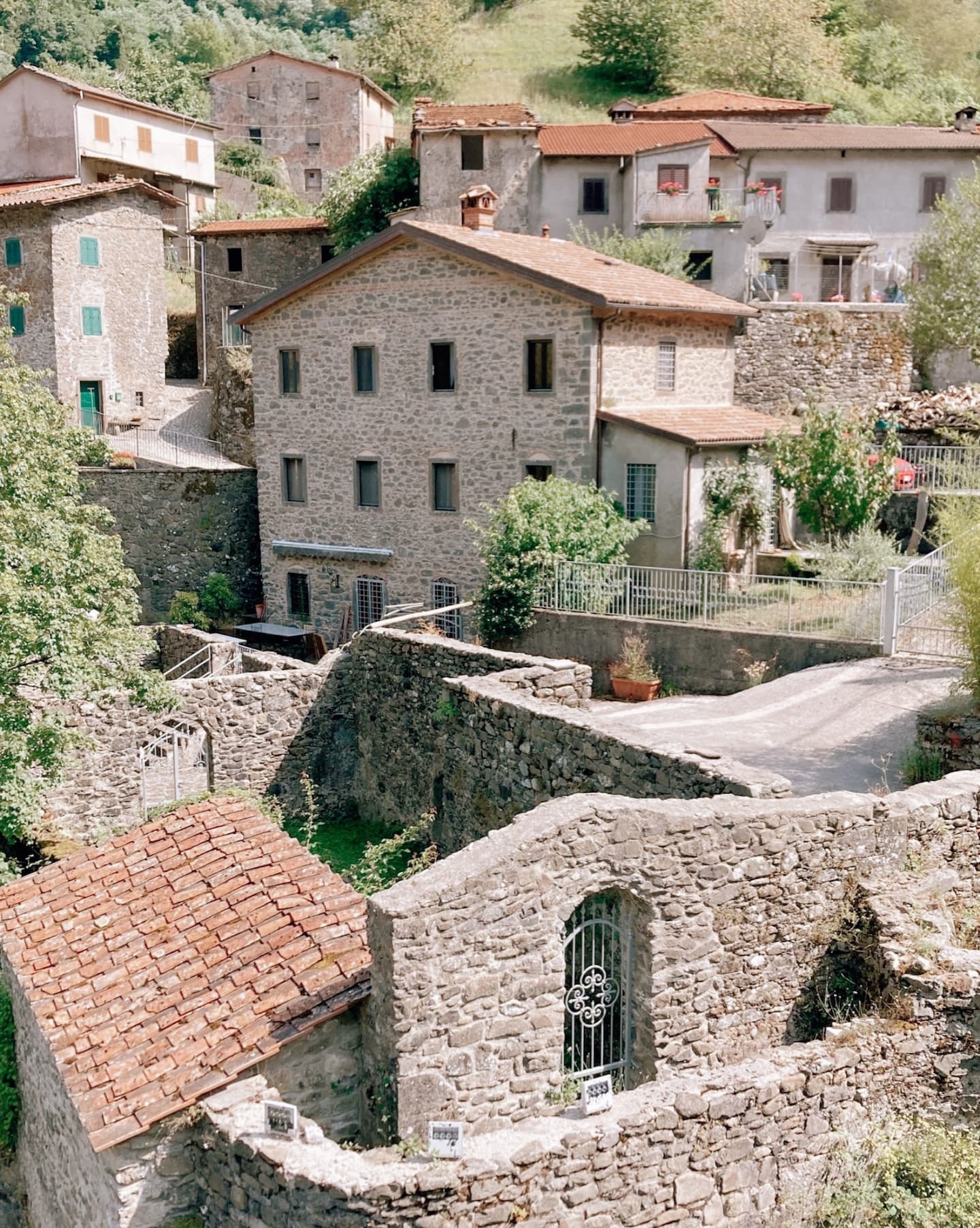
Ponte del Diavolo
For those with a bit more time, the nearby town of Borgo a Mozzano, just 15 kilometers away, offers another historic marvel—the famous Ponte del Diavolo, or Devil’s Bridge.
It features a large, round central arch, flanked by three smaller arches, creating a striking profile that has inspired many artists and sparked legends.
The Legend of the Devil’s Bridge
The bridge’s unusual shape has given rise to a famous legend.
According to the story, the bridge was originally built by St. Julian.
When the construction proved too difficult, St. Julian made a deal with the Devil, promising him the soul of the first living creature to cross the bridge in exchange for the Devil’s help in completing it.
After the bridge was finished, St. Julian tricked the Devil by throwing a piece of bread across the bridge, causing a dog to run after it and be the first to cross, thus sparing any human soul.
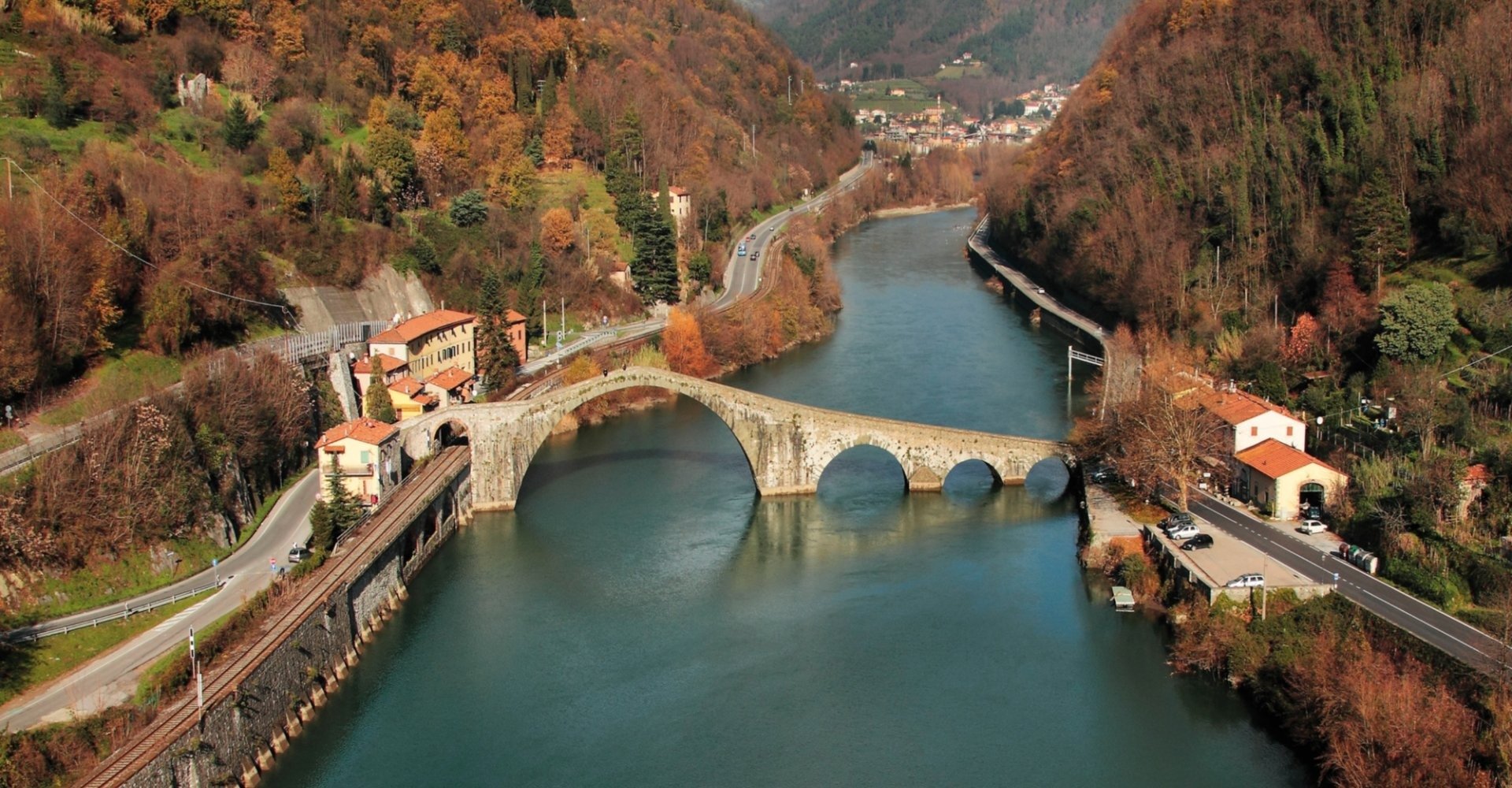
The History of the Bridge
There isn’t much detailed historical information about the bridge’s construction.
Some believe it was originally built by Matilda of Canossa, a powerful noblewoman who lived from 1046 to 1125.
The bridge was later restored by Castruccio Castracani, a famous leader in the region, around the 13th and 14th centuries.
It is thought that the smaller arches of the bridge were originally made of wood and were replaced with stone during Castracani’s time, which might explain the differences in the arches and the uneven slope on one side of the bridge.
